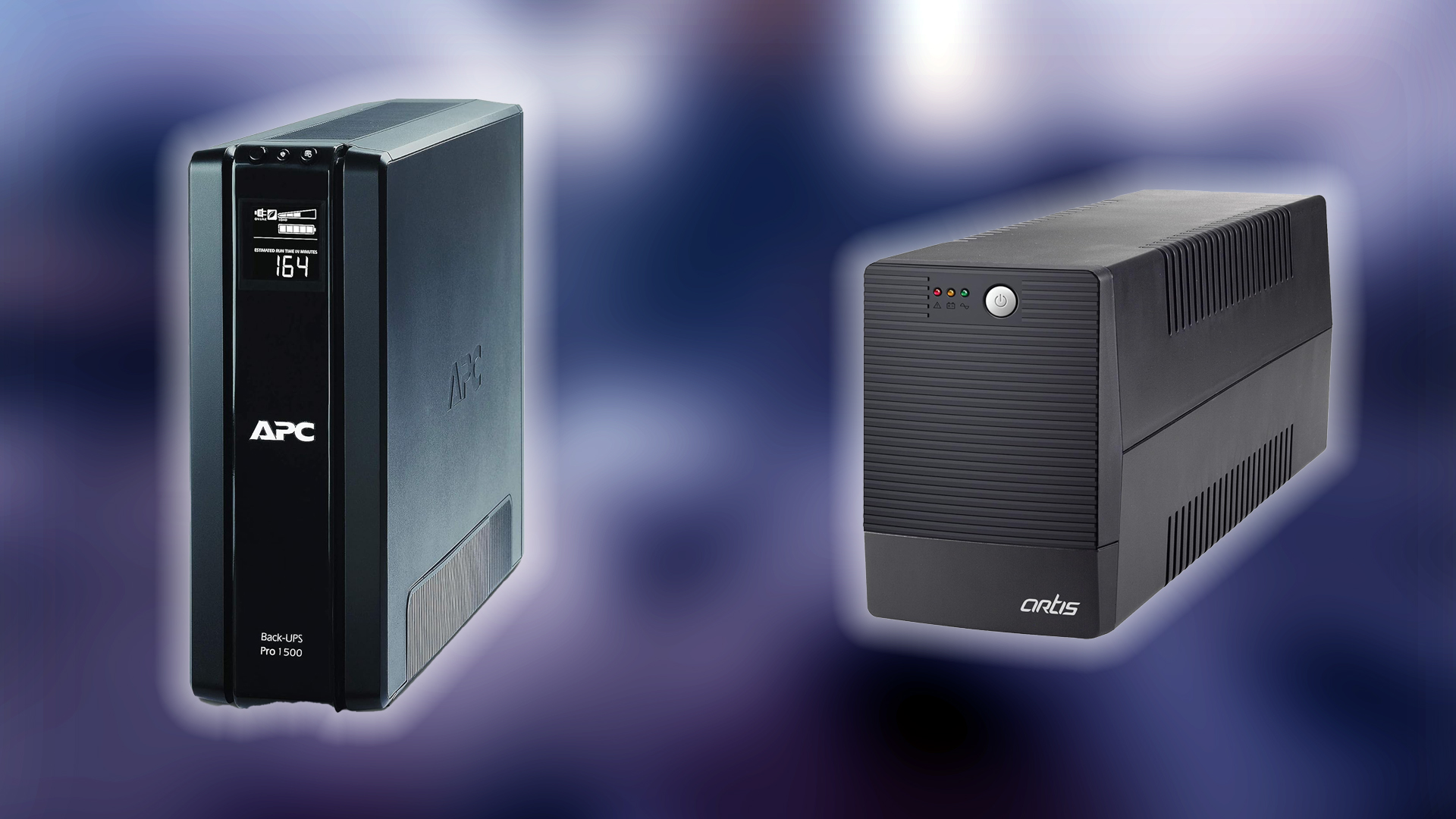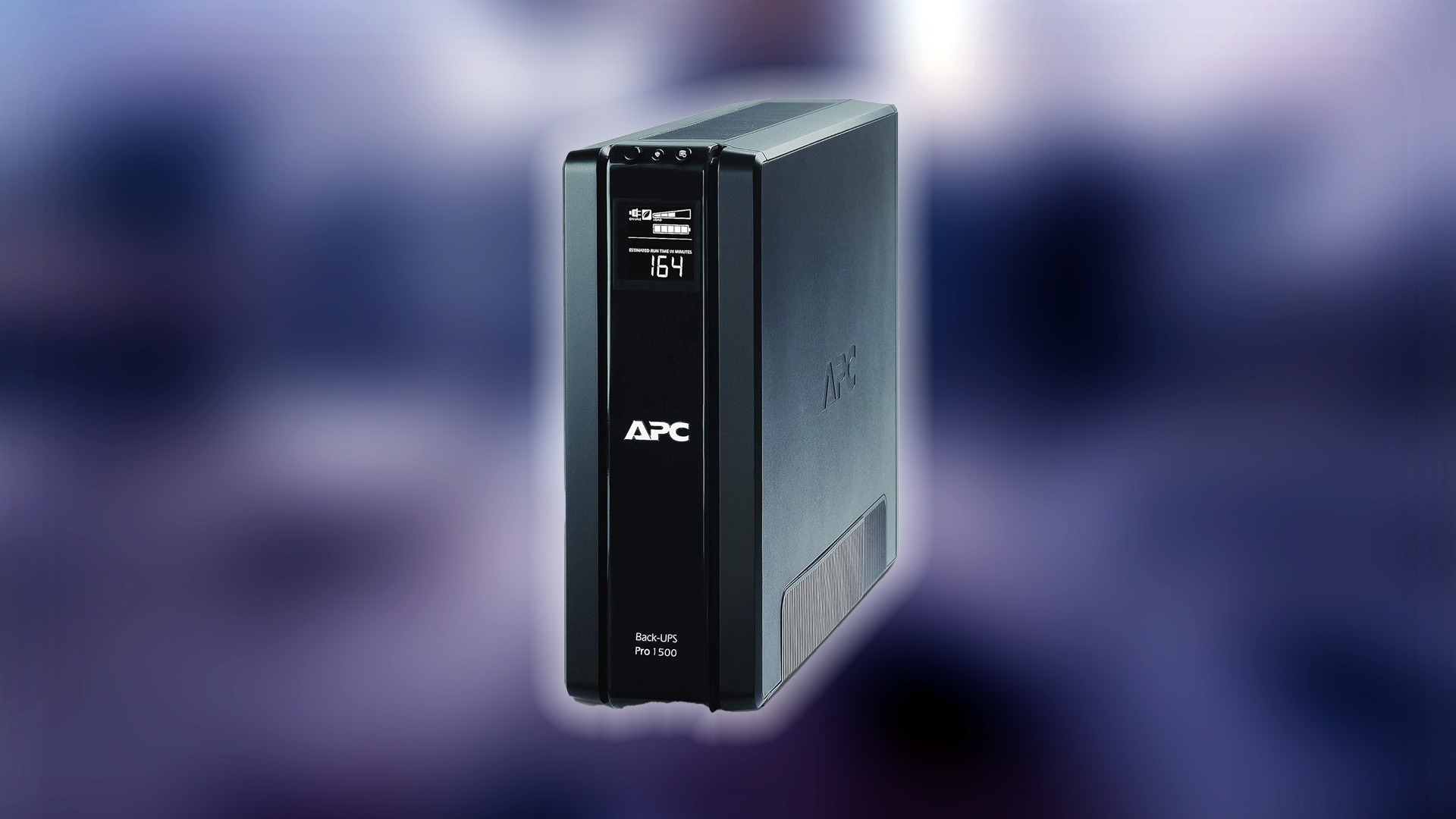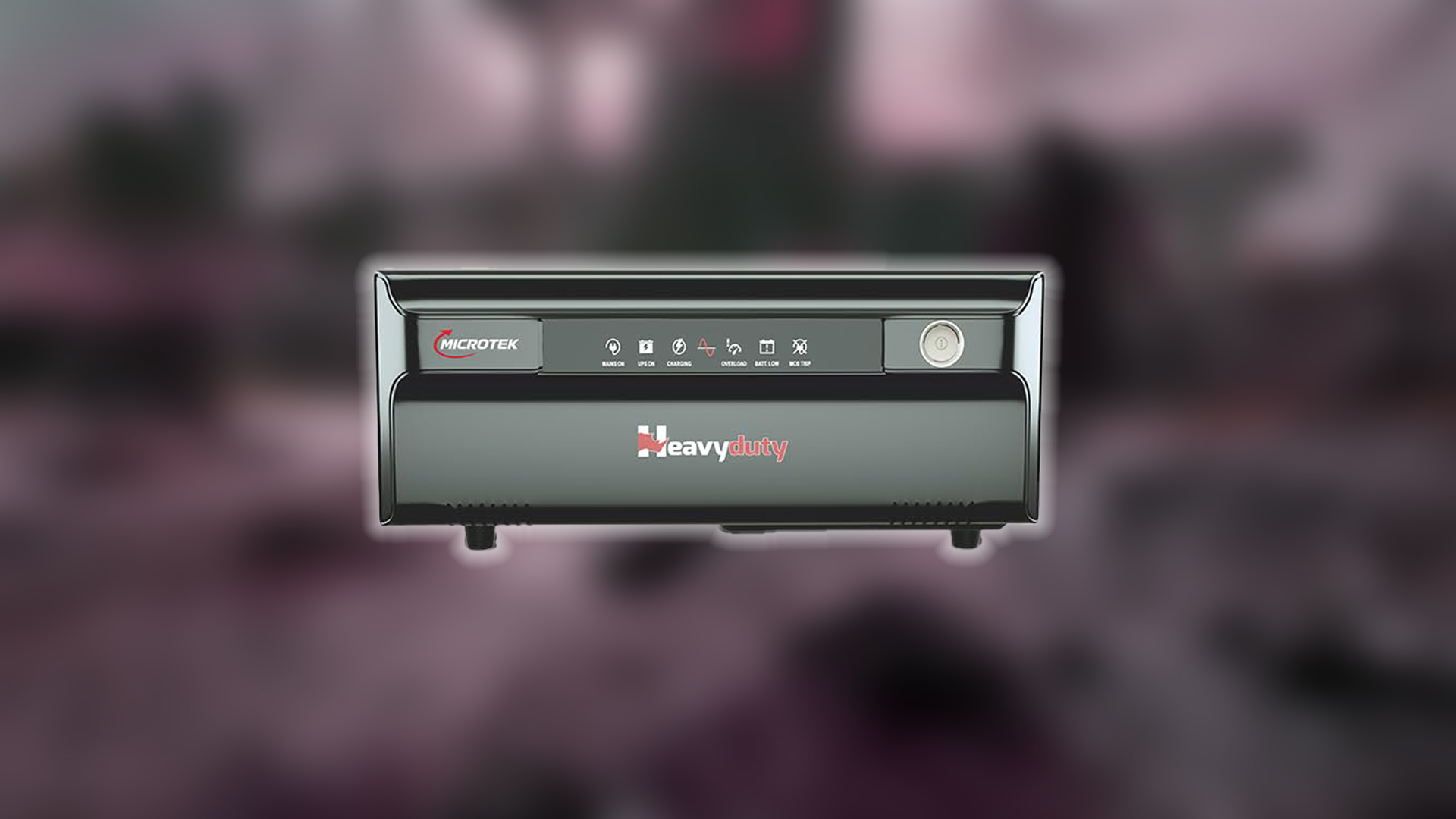Discover how to select the ideal UPS for your PC, considering key factors such as Pure Sinewave, Modified Sinewave, and more.

UPS, as we all know, means Uninterruptible Power Supply. It protects our computers, laptops, or even routers from shutting down abruptly, and prevents damage from a sudden stoppage by force. There are many options for buying one, which vary widely. The basic models provide minimal backup during outages, but the advanced ones offer surge protection, voltage regulation, and compatibility with sensitive electronics.
The guide below will help you as it states the critical factors you need to consider, drawing on technical specifications and engineering principles.
Understanding Your UPS Requirements

Before purchasing, it’s necessary to understand the working fundamentals of a UPS. UPS units are generally marked using VA (Volt-Ampere) ratings, but the wattage determines the power they can provide to your devices. The relationship between VA and watts depends on the power factor (typically 0.6–0.9 for consumer UPS systems). For example, a 1000VA UPS with a 0.6 power factor provides 600W of usable power.
Calculating Your Needs
- Measure Actual Power Draw: Use a wattmeter or software like HWMonitor to track your PC’s real-time power consumption.
- Estimating Using PSU Rating: Multiply your power supply’s wattage by 1.4–2.0 to account for efficiency losses and peripheral devices. For a 500W PSU, aim for a 700–1000W UPS.
- Future-Proofing: High-end GPUs (e.g., NVIDIA RTX 4090) can spike to 450W+ under load. A 1500VA/900W UPS is recommended for gaming rigs. If you own a GPU like the RTX 4090 or 5090, consider a 3–4 KVA home UPS system instead of a standard desktop UPS.
Runtime, Battery Life Expectations, and Maintenance

Battery life can be estimated with the formula below:
Total Watt-Hours (Wh): Calculated as Battery Voltage x Amp Hours x Number of Batteries.
For example, two 12V 9Ah batteries provide 12 x 9 x 2 = 216 Wh. Load: A 300W load yields 216 Wh/ 300W = 0.72 hours (43 minutes)
A mid-range gaming setup with a 1500VA UPS can expect practical usage similar to this: 15-30 mins of backup while gaming, so you don’t lose your match rank mid-game. As for battery life, lead-acid batteries lose 20-30% capacity after 3 years, so you need to be prepared, as these aren’t a one-time investment. Although UPS can be found with lithium-ion batteries, they tend to last longer. In summary, follow the list below:
Lead-Acid Batteries
- Lifespan: 3–5 years with regular use. Replacements cost $30–$100.
- Maintenance: Keep units plugged in to avoid sulfation. Test batteries biannually.
Lithium-Ion Batteries
- Advantages: Longer lifespan (5–7 years), lighter weight.
- Drawbacks: 2–3x higher upfront cost. Rare in consumer UPS systems.
As mentioned earlier, home UPS systems follow similar maintenance procedures to lead-acid batteries, but they have to be watered and checked regularly. They also entirely power your home rather than powering just one aspect.
Pure Sine Wave vs. Modified Sine Wave
Now, with all the technical jargon covered above, here are a few easy things you need to know before making the purchase. For starters, when buying a UPS for a gaming PC in 2025, you need to pair it with a Pure Sine Wave UPS, as your PC will likely have a PSU that follows the 80+ standard, which means it carries active PFC (Power factor correction). The two work best when paired together.
Modified Sinewaves are a lot cheaper, but they significantly risk overheating your PSU, which will only cause collateral damage; not only will your PSU go down, but it will also take your other components along with it.
As of today, home UPS systems always come in Pure Sine Wave. If you own a Modified Sine Wave inverter, buying a basic UPS just for the sine wave conversion is compulsory.
Additional Safety Measures

Users with extremely high-end hardware should look into the things mentioned below, as expensive equipment is generally more sensitive to voltage fluctuations, as high-end components like motherboards, GPUs, and SSDs tend to operate closer to their performance limits.
Surge Protection and Filtering
- Joule Rating: Aim for 1000+ joules to handle lightning strikes nearby.
- EMI/RFI Filtering: Reduces electrical noise for sensitive components like SSDs.
Connectivity and Monitoring
- USB/Network Management: Enables automatic shutdown scripts (e.g., via apcupsd or PowerChute)
- LCD Displays: Monitor load, runtime, and battery health in real-time
Outlet Types
- Battery-Backed: Essential for PC, monitor, and modem.
- Surge-Only: For peripherals like printers, scanners, etc.
Although these features raise the upfront cost significantly, they can be incredibly handy if your place of residence doesn’t have enough grounding as required. Users of high-end systems should look for these features when they buy a UPS.
Conclusion
It is always a good idea to spend a little more on your UPS and SMPS (PSU), as these deliver power to your system. However, depending on your system type, the pricing of UPS can vary significantly. Below are estimated options based on real-world usage.
- <$100: Basic UPS, mainly used for routers and low-powered office PCs.
- $150–$300: Line-interactive models with pure sine wave (e.g., CyberPower OL1500RTXL2U).
- $500: Online UPS for super high-end setups and sensitive components (e.g., Eaton 9PX).
For most gamers, generally in 2025, a 900- 1500VA line-in interactive UPS with pure sine wave output suits them best, as the cost is also within reach, and the capacity is also there. For super high-end stuff, you know the drill better. After all, the more you buy, the more you save.
Looking For More Related to Tech?
We provide the latest news and “How To’s” for Tech content. Meanwhile, you can check out the following articles related to PC GPUs, CPU and GPU comparisons, mobile phones, and more:
- 5 Best Air Coolers for CPUs in 2025
- ASUS TUF Gaming F16 Release Date, Specifications, Price, and More
- iPhone 16e vs iPhone SE (3rd Gen): Which One To Buy in 2025?
- Powerbeats Pro 2 vs AirPods Pro 2: Which One To Get in 2025
- RTX 5070 Ti vs. RTX 4070 Super: Specs, Price and More Compared
- Windows 11: How To Disable Lock Screen Widgets
 Reddit
Reddit
 Email
Email


